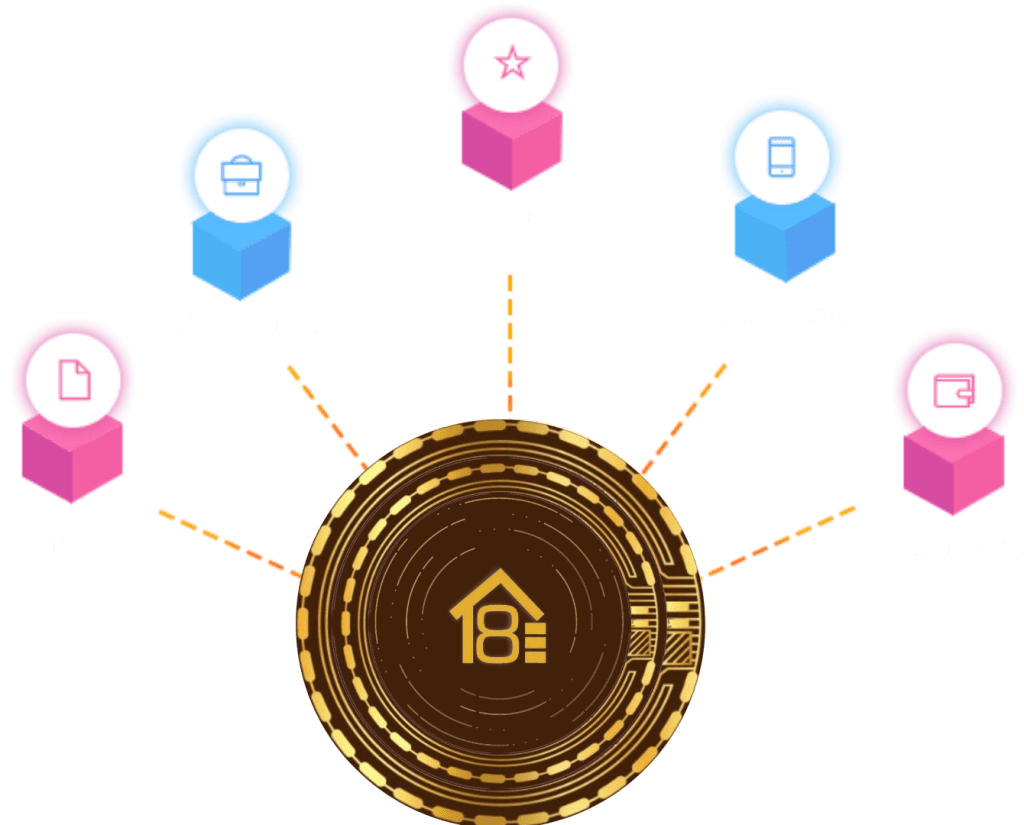PROBLEMS AND SOLUTIONS
Amandy Coin or Amandy wallet is a mobile application that allows you
to store your debit or credit card information that can be used to pay
for goods and services in digital money instead of using physical cards or cash and also send money online to friends, family, or merchants in an instant.
It is just like having a digital wallet on your phone.
PROBLEMS
ferent pieces of the new Internet are born as building blocks, but there’s no way for them to work together.
Even interoperating new technologies with old centralised resources can prove useful in making the paradigm shift from Web 2 to Web 3 happen. Now we own our data, we can prove that we own what we have and have created it on different platforms, but how do we put it together into a whole new cohesive framework.

Utility Bills
A utility bill is a fixed fee, which is issued and paid once a month for utilities, including electricity, gas, water, and garbage. Value-added services are designed for consumers and businesses alike; Businesses simply have more accounts and bills to look at than customers. Let’s dive into all the details of the power and support managers can get from corporate compensation.
Utility Bills Types
There are many types of payroll, but as a guide, here are the most common applications you’ll find in Australia:
Electricity: the invoice provided by the electricity supplier to consume energy and connect to the electricity network.
Natural gas: an invoice sent by an oil supplier for the use of natural gas and connected to the gas distribution network. LPG: an invoice from a gas supplier for filling or refilling an LPG gas cylinder at home.
Council rate: A rate charged by a council which covers the maintenance and improvement of local services. Water: Utility bills for household or business water consumption.
Sewerage: Various fees and charges to cover the maintenance of sewers and storm drains. Although not considered an essential service, fees charged by telecommunications companies for Internet and telephone services are sometimes referred to as service charges. However, for people living in rural Australia, these public services are seen as essential services.
Marketing
Marketing is the process of getting customers and clients interested in your products and/or services. The key word in this market definition is “process”; Marketing includes researching, promoting, selling, and distributing your product or service. This is a huge topic, so much so that there are tomes written on marketing and why you should get a four-year marketing degree. But marketing includes everything you do to connect your customers with your product or service.
Marketing model
The different types of marketing strategies you should know are:
B2B Marketing
The term B2B marketing refers to business to business. B2B marketing is used when a business sells products or services to another business. B2C market
B2C business represents businesses that do business with consumers. It is a company that sells its products or services to consumers and business promotion is done through advertising. C2B Marketing
It is different from B2C and stands for business-to-consumer marketing. In this type of marketing, the buyer provides the company with a product or service. C2C Marketing
C2C marketing refers to consumer-to-consumer marketing. In this case, buyers and sellers interact when they share a common product or service. An example of this is OfferUp and leave an application.

SOLUTIONS
Amandy Coin allow you to send money to an email address or a phone number but other apps let you send money to your friends through social media, too. It’s important that you look into the details of how payment apps work. Most payment apps allow you to make and receive payments for free if you’re using a bank account or an in app balance. However, if you use a credit card, you may have to pay a fee to send or receive money.
In centralized banking and economic systems such as the Federal Reserve System, corporate boards or governments control the supply of currency by printing units of fiat money or demanding additions to digital banking ledgers.

